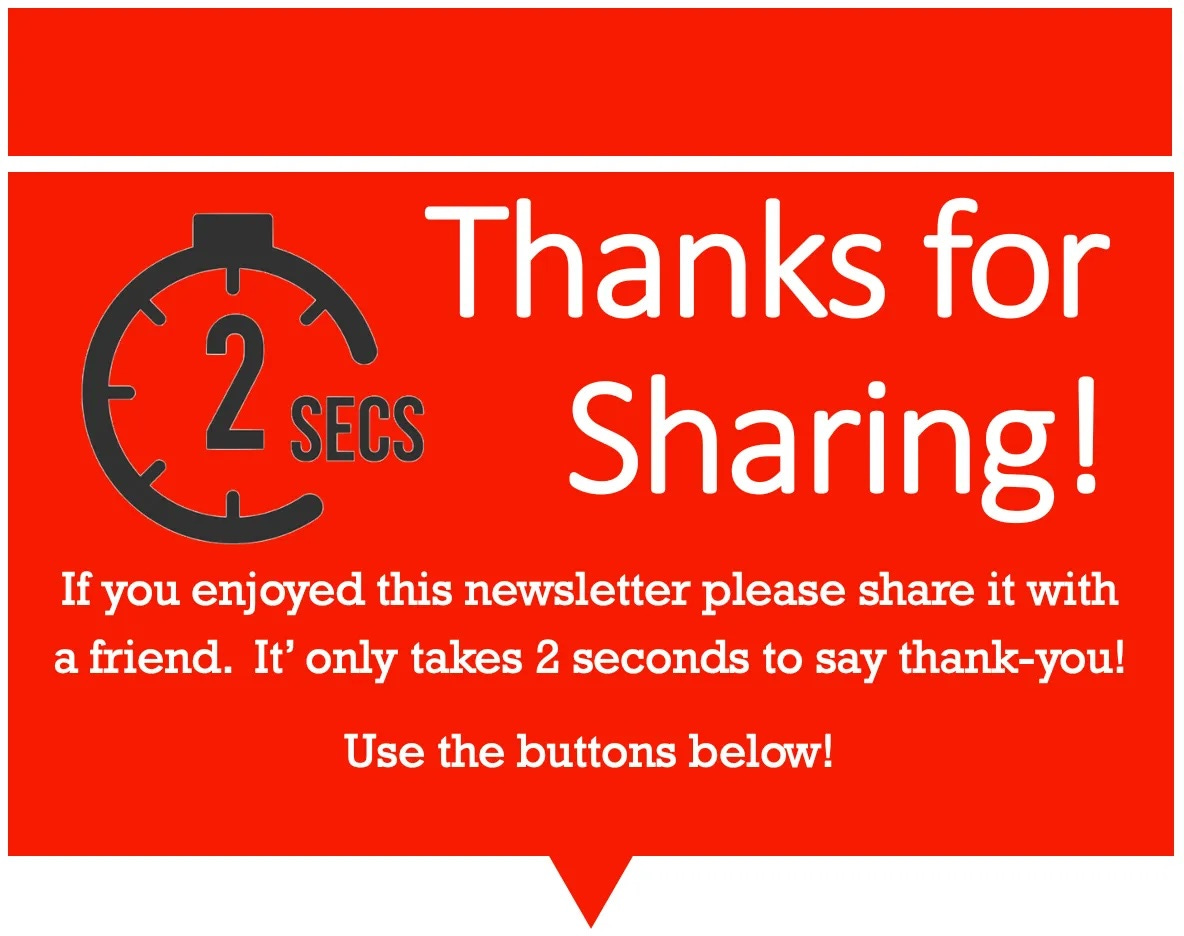Tokenization Gets Real on Singapore's Global Layer One Moonshot (Part 2)
Part 2: Tokenization is no pipe dream, and Asia will get it first.
The Monetary Authority of Singapore is taking a moonshot at tokenization that will literally "change everything" for the $30tn market.
👉Part 1: How real and big is tokenization: HERE
👉Part 2: Singapore’s GL1 shows Asia is leading tokenization: HERE
👉Part 3: Real example of why programmability is so important: HERE
MAS’s bet is on Global Layer One (GL1), a new open, permissioned DLT (blockchain) network designed to host tokenized financial assets and applications for regulated financial institutions.
For those who ask, “Is tokenization real?” believe me, MAS is deadly serious.
GL1 is big, with a list of twenty-four global participants who are a veritable who’s who of finance, see below
Industry associations are also now joining, showing that MAS has attracted attention and means business. They include the Global Financial Markets Association (GFMA), the International Capital Market Association (ICMA), and the International Swaps and Derivatives Association (ISDA).
So what is GL1?
👉TAKEAWAYS
The Vision: Regulated financial institutions can leverage this shared ledger infrastructure across jurisdictions to deploy inherently interoperable digital asset applications governed by common standards and technology for assets, smart contracts, and digital identities. (This is a regulated liability network; read more: HERE)
Motivation: The legacy infrastructure underpinning global financial markets was developed decades ago, resulting in siloed databases, disparate communication protocols, and significant costs.
Asset Agnostic: GL1’s infrastructure would be asset agnostic; it would support tokenized assets and tokenized money issued by network users (e.g., regulated financial institutions) from various jurisdictions in different currencies.
By Finance for finance: The infrastructure would be developed by financial institutions for the financial services industry and would serve as a platform that provides for (i) cross-application synchronization, (ii) composability, (iii) privacy, and (iv) innate application compatibility with assets already tokenized and/or issued onto the infrastructure.WI
Public Permissioned DLT: Public Permissioned Public permissioned networks are open for participation by any entity that fulfills the criteria for participation, but the type of activities that participants may conduct on the network are restricted. A public permissioned network that is operated by financial institutions for the financial services industry
Permissionless or Private Permissioned: Both of these networks need not apply. Private networks lack interoperability, and permissionless won’t fly for regulated institutions.
👊STRAIGHT TALK👊
Understand that Singapore’s MAS is going for a moonshot that if successful will “fundamentally transform an asset lifecycle and how capital markets are conducted.”
What is noteworthy is that Singapore has attracted the world’s best talent, and failure is not an option, not just because of what it means for Singapore but for the financial institutions.
Global banks like JPMorgan and others have made it clear that they want tokenization because of the potential cost savings. In Singapore, they have the perfect place to build their dreams with strong regulatory support.
So, where will the tokenization revolution first take off? Singapore, and to be fair, its competitor Hong Kong, which continues to follow close behind.
Watch as Asia leads yet another fintech revolution!
Part 1
Part 3
Join our community by subscribing. You’ll be joining an exciting journey down the rabbit hole to our shared digital future—and you’ll be glad you did!
Sponsor Cashless and reach a targeted audience of over 50,000 fintech and CBDC aficionados who would love to know more about what you do!











